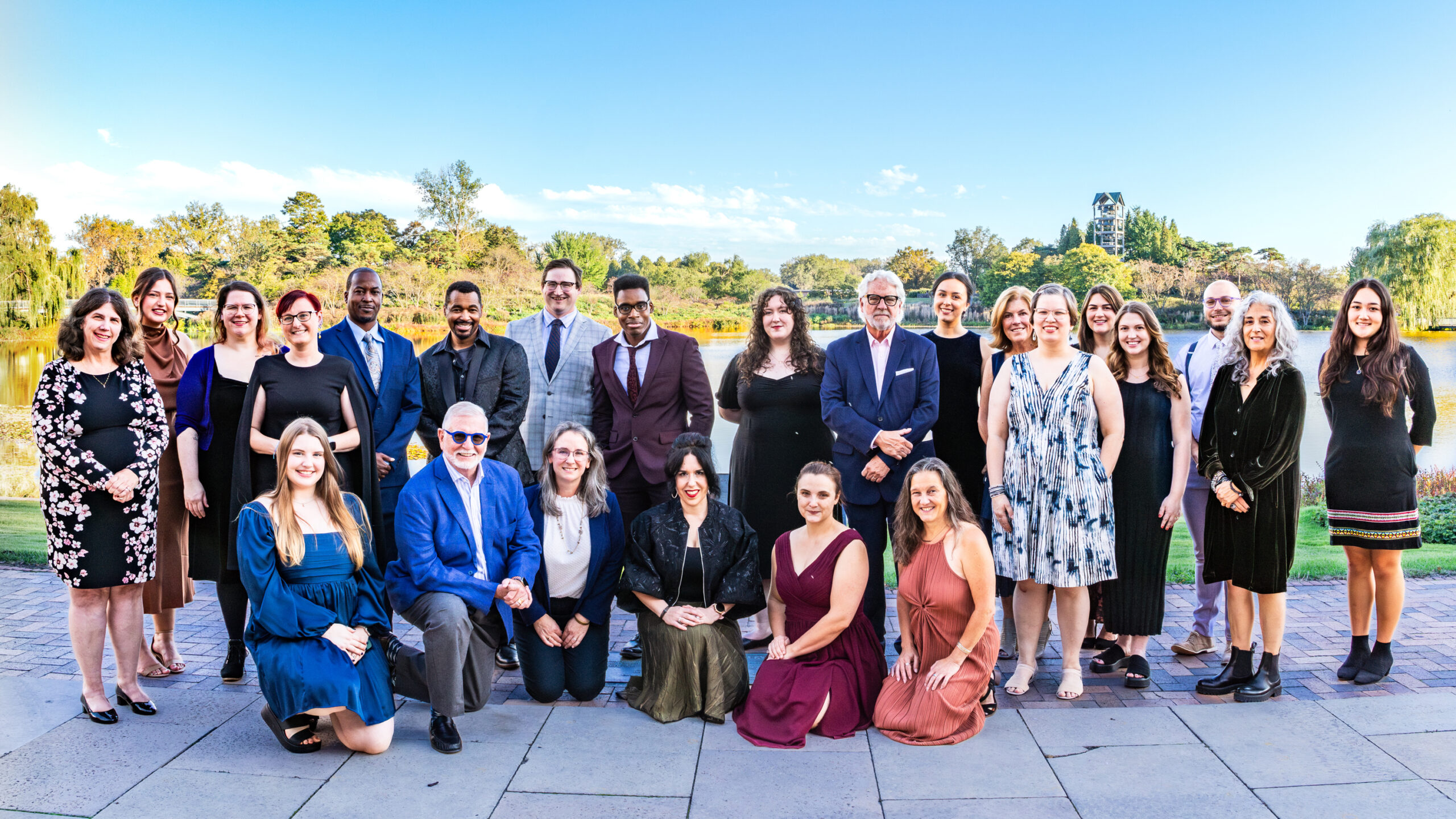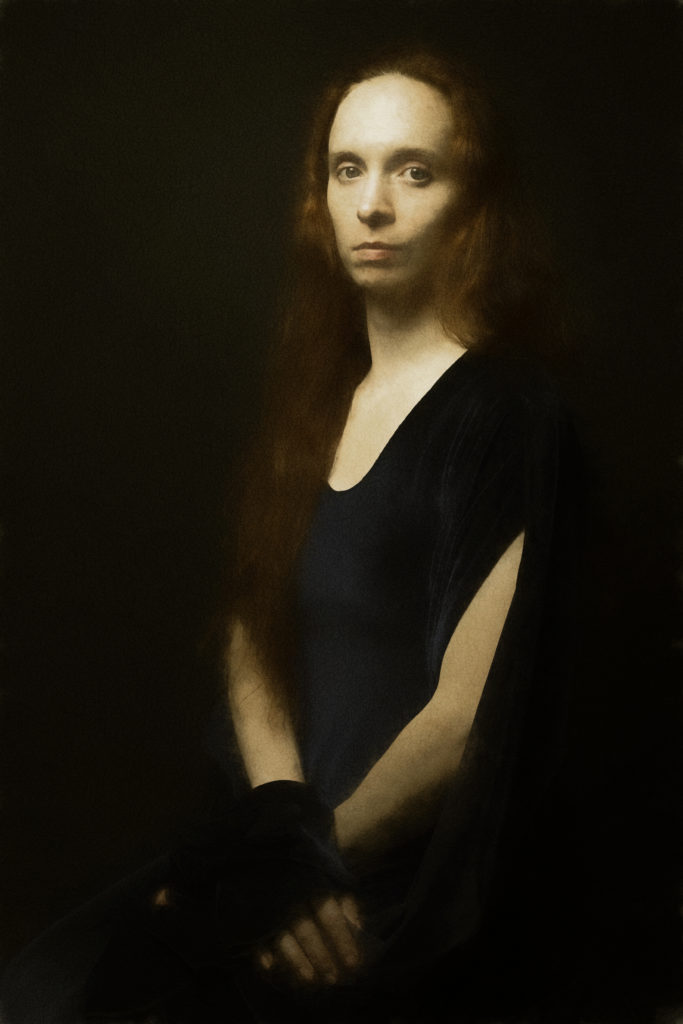It was my pleasure to photograph Shakespeare’s Richard III for Promethean Theatre Ensemble. Directed by Steve Scott and starring Cameron Feagin in the title role, Promethean’s Richard III opened March 20 and runs through June 25 at the Factory Theater in Chicago. The production page of Promethean’s website encapsulates the play thus:
The crown: the symbol of ultimate power and the goal of one of Shakespeare’s most extravagantly charming (and despicable) creations, Richard of Gloucester. As literature’s most infamous outcast seduces and bludgeons his way to power, who is complicit? Both a mesmerizing look at history and a mirror to our own turbulent times, Richard III stands as one of the Bard’s most indelibly entertaining, viscerally shocking dissections of the unholy marriage of greed and complacency.
Promethean Theatre Ensemble
The production has received fantastic reviews (clips featured here), several highlighting veteran actor Cameron Feagin’s powerful stage presence and command of the language. As theatre companies return to production and audiences return to theaters after the interminable pandemic period and new safety protocols, productions of this caliber need to be seen.

Reds, Blues, and Greens
I brought my own light to this session, and I often prefer to use my own light for emphasis or fill, but for this session the production’s lighting designer Benjamin Dionysus was on hand to raise and lower lights, to add reds and blues and greens for effect. We photographed so many different moments and Benjamin was so agile with his changes from one look to another that, though I left my own light set up, I never touched it. I really like the different colors Promethean used in the lighting design; I think they lend the final photographs some compelling dramatic character. Benjamin and I first worked together only a few short months ago, on Lifeboat Productions’ excellent show The Black Knight, by Angeli Primlani.


Bottom. Mark West, Jack Morsovillo, Cameron Feagin, Destin Lorde Teamer, Gunner Bradley.
History
Distant Era’s work focuses on stories set in other times and places and encompasses the speculative past and future—portraiture and performance photography of science-fiction, fantasy and history—and as such I was delighted to discover that inside their twenty-four-page digital program, Promethean has dedicated eight pages to a learning guide with a family tree, a glossary, some mini biographies, references, and more!
For a play like Richard III with its kings, queens, dukes, princes, and ladies embroiled in fifteenth-century English politics, a guide like this is a welcome supplement to the play, and I wish I’d had such an excellent summary when I first experienced Ian McKellan’s version. The organized layout and colorful illustrations help the audience to contextualize the background of the play. Seeing illustrations of the white rose of York and the red rose of Lancaster (as compared with the familiar Tudor rose) is helpful in understanding the circumstances of the play.


Further Reading on the Histories
Ten years ago, I took George R. R. Martin’s recommendation of reading Canadian historian Thomas B. Costain’s The Pageant of England series, which tells the story of the England’s Plantagenet dynasty, beginning with Henry II and ending with Richard III. At the time, I knew little about Shakespeare’s history plays with the exception of Henry V and Richard III (thanks to Kenneth Branagh’s and Ian McKellan’s film versions).
My model for this was the four-volume history of the Plantagenets that Thomas B. Costain wrote in the 50s. It’s old‑fashioned history: he’s not interested in analyzing socioeconomic trends or cultural shifts so much as the wars and the assignations and the murders and the plots and the betrayals, all the juicy stuff. Costain did a wonderful job on the Plantagenets so I tried to do that for the Targaryens.
George R. R. Martin
Costain writes about the Plantagenets with such color and humanity that it was easy to see the inspirations from which the characters in A Game of Thrones were created. The Plantagenets were a fascinating, dynamic, cruel, wasteful, heroic, ambitious melange of rulers with compelling stories that the Elizabethan playwrights dramatized. The Tudor dynasty that followed were naturally invested in justifying their own rule. Was Richard was the hunchbacked monster the Tudors made him out to be? In 2012 when Richard’s body was found (beneath a car park), his skeleton showed significant curvature, right-side scoliosis, which didn’t make him a hunchback but did likely make one shoulder higher than the other. So the Tudors weren’t necessarily making up that portrayal of Richard. Yet Costain questions Richard’s motive for the murder of his nephews—the princes in the tower—raising thoughtful questions as to whether Richard in fact had anything to do with it at all. This remains one of history’s compelling mysteries. Visiting London again in 2015 after having read about the Plantagenets was so much more rewarding—knowing the context for the famous sites and especially the history of the Tower of London.
A Personal History
I enjoy shooting productions of Shakespeare plays. From 2000 to 2003 I made my living as an actor working and touring the United States and Canada with Shakespeare companies such as Repercussion Theatre (Montreal), American Players Theater (Wisconsin), and Utah Shakespearean Festival (Utah), and it was in this period that I first learned aperture, exposure, and framing, using the manual controls of my old film camera as I captured the experience. Before and after this, I improvised in Elizabethan dialect at Renaissance festivals (1992–97) and wrote/performed the Shakespeare’s Idiot Brothers sketch show with my brothers (2004–2006). The Bard is in my blood. I like shooting the Shakespeare shows because I know the moments, the characters, and the text. I enjoy listening to actors speak the words, watching how they stage these timeless scenes that have always held great meaning for me.
Thus I am grateful to Promethean Theatre Ensemble for hiring Distant Era to do this work for them. It’s work I believe in that goes back to my earliest days learning to shoot on film, it was an honor to do, and I wish the production much success in its run!
*Feature Photo: Heather Kae Smith and Cameron Feagin.




















Follow Me